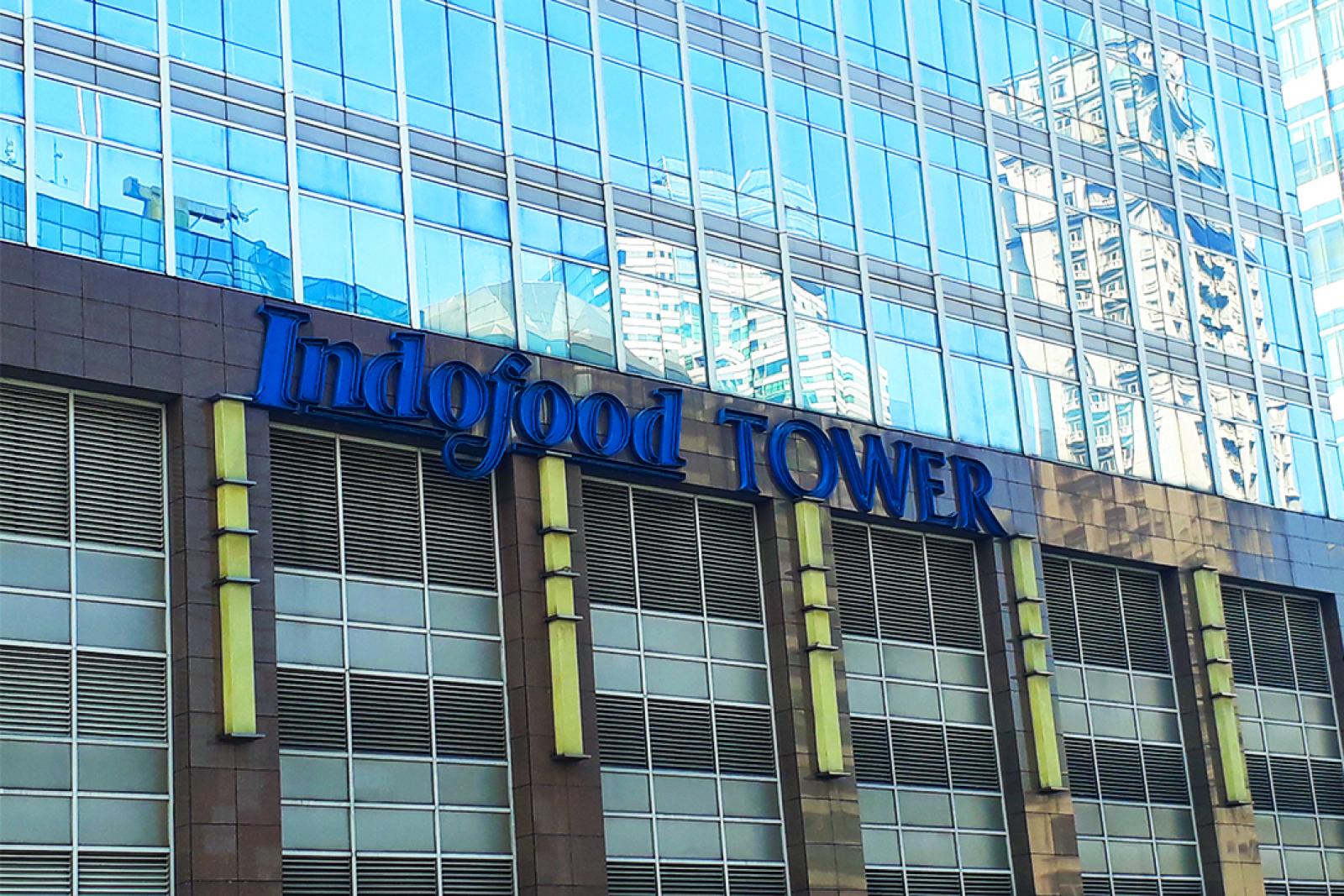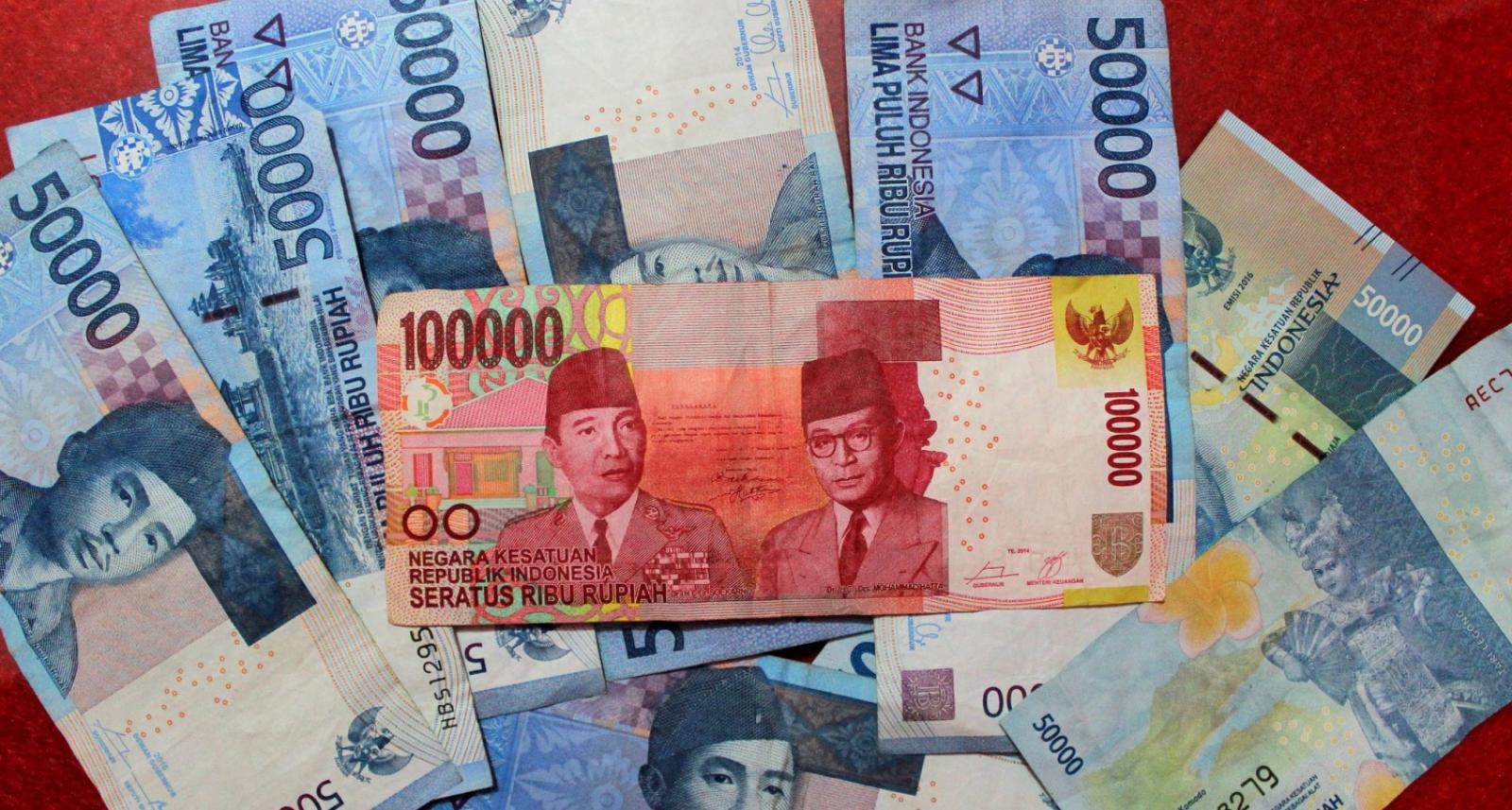
The European Central Bank could have waited till December to lower interest rates, but the economic data since the September policy session signaled a shift in risks to inflation to the downside, and thus policymakers opted for a rate cut this month, Governing Council member Peter Kazimir said on Monday.
Its an insurance cut and confidence boost, not a declaration of victory, Kazimir, who is the governor of the National Bank of Slovakia, said in a blog post.
Kazimir, who is among the conservative policymakers on the ECBs rate-setting body, said he would have been comfortable waiting till December and not cutting rates in October.
He expressed increasing confidence that the disinflation path is on solid footing. But the doubting Thomas in me still needs to see further proof of a sustainable return to target, Kazimir said.
Our decision to lower rates in October leaves the December meeting wide open, the policymaker said. All options remain on the table.
Fellow ECB policymakers like the Bank of Lithuania governor Gediminas Simkus and the Bank of Latvia chief Martins Kazaks signaled the scope for lowering interest rates further in separate instances on Monday.
ECB rate-setters will be equipped with the latest set of staff macroeconomic projections and a lot more economic data by December to help in deciding the next move.
The central bank for the single currency economy has already cut interest rates thrice, the latest being the 25 basis points reduction last week that was mainly due to increasing concerns over the sluggish growth in Eurozone.
Such worries are unlikely to go away by the end of the year, as suggested by some of the recent surveys and hence, the ECB is widely expected to lower rates again in December.
Kazimir pointed out that survey data signal slowing employment growth, joining the league of ECB policymakers like Bank of Portugal governor Mario Centeno who has already voiced concern over the softening labor market.
If new data and forecasts confirm an accelerated pace in disinflation, we will be in a strong and comfortable position to continue the easing cycle, Kazimir said.
Citing the expected decline in wage growth and services inflation, the rate-setter said he is looking for more evident signs of this materializing before declaring victory over inflation.
He also pointed out that the highly tense geopolitical environment now also poses a significant threat to inflation.
If new information points in the direction of higher inflation (risks), we can still slow down the pace at which we remove restrictions in the coming meetings, Kazimir wrote. Even with three cuts delivered, we still remain in restrictive territory.





